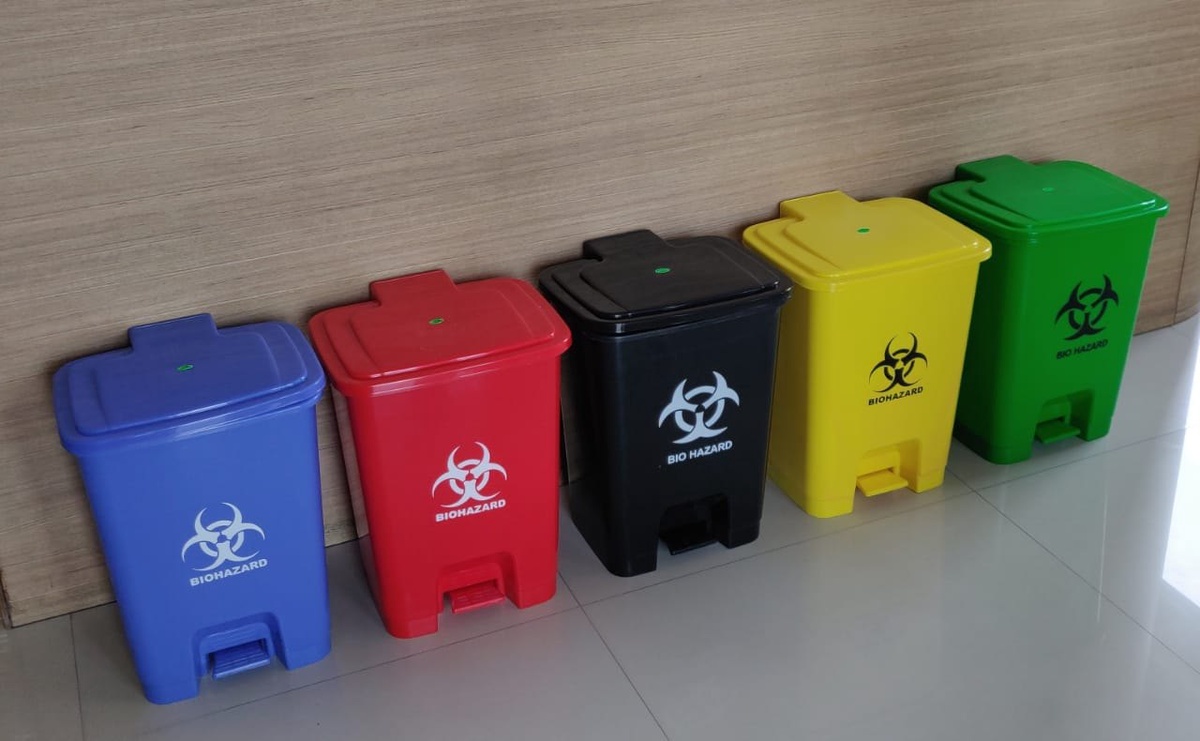In the dynamic realm of healthcare management, compliance with hazardous waste disposal regulations is not just a legal obligation—it's a vital component of ensuring public safety and environmental stewardship. From bustling hospitals to specialized clinics, healthcare facilities generate a diverse array of waste materials that require careful handling and disposal to mitigate risks effectively. In this article, we'll explore the complexities of hazardous waste disposal regulations and provide valuable insights for healthcare providers to navigate this essential aspect of their operations.
Understanding Regulatory Frameworks: Hazardous waste disposal regulations are governed by a complex framework of federal mandates and state-specific guidelines. While federal laws establish overarching standards, individual states may impose additional regulations tailored to local needs and conditions. Healthcare facilities must remain vigilant in understanding and complying with both sets of regulations to avoid legal repercussions and ensure environmental responsibility.
Key Components of Compliance: Compliance with hazardous waste disposal regulations encompasses several critical components, including waste identification, segregation, packaging, labeling, storage, transportation, and disposal. Healthcare facilities must develop robust protocols and procedures to ensure that hazardous waste is managed safely and in accordance with regulatory requirements. Failure to comply can result in severe penalties and damage to the facility's reputation.
Navigating State-Specific Requirements: In addition to federal mandates, healthcare facilities must navigate state-specific requirements, which can vary significantly from one jurisdiction to another. Some states may have stricter regulations or additional reporting obligations, requiring careful attention to detail and thorough documentation. By staying informed about state-specific regulations, healthcare facilities can minimize compliance risks and maintain regulatory adherence.
Investing in Staff Training and Education: Ongoing staff training and education are essential for ensuring compliance with hazardous waste disposal regulations. Healthcare facilities must provide comprehensive training on waste management protocols, including proper handling, segregation, and disposal procedures for all staff involved in waste management activities. By investing in staff training and education, healthcare facilities can enhance compliance efficacy and foster a culture of safety and responsibility.
Leveraging Compliance Resources: Healthcare facilities can benefit from leveraging a variety of compliance resources to stay informed about hazardous waste disposal regulations. These resources may include regulatory guidance documents, online training modules, industry publications, and professional associations. By utilizing these resources, healthcare facilities can deepen their understanding of regulatory requirements and implement effective compliance strategies.
Harnessing Technology for Compliance: Technology plays a crucial role in facilitating compliance with hazardous waste disposal regulations. Healthcare facilities can leverage electronic record-keeping systems, barcode scanning technology, and digital tracking platforms to streamline waste management processes and ensure accurate documentation. By harnessing technology, healthcare facilities can improve compliance efficiency and minimize the risk of errors.
Hazardous waste disposal regulations represent a critical aspect of healthcare operations that demands careful attention and adherence from healthcare providers. By understanding the intricacies of regulatory frameworks, investing in staff training and education, leveraging compliance resources, and harnessing technology for compliance, healthcare facilities can navigate hazardous waste disposal regulations effectively and promote a safe and environmentally responsible workplace.
Navigating hazardous waste disposal regulations in healthcare requires a strategic and proactive approach encompassing regulatory awareness, staff training, resource utilization, and technological integration. By prioritizing compliance, healthcare facilities can uphold public health and environmental standards while minimizing the risk of compliance breaches.


No comments yet